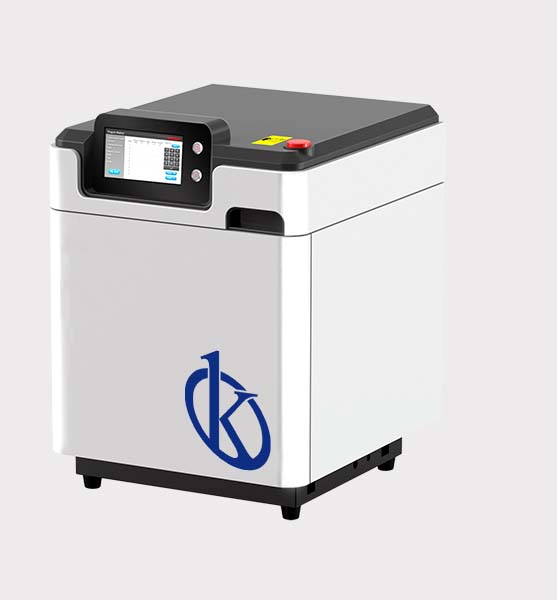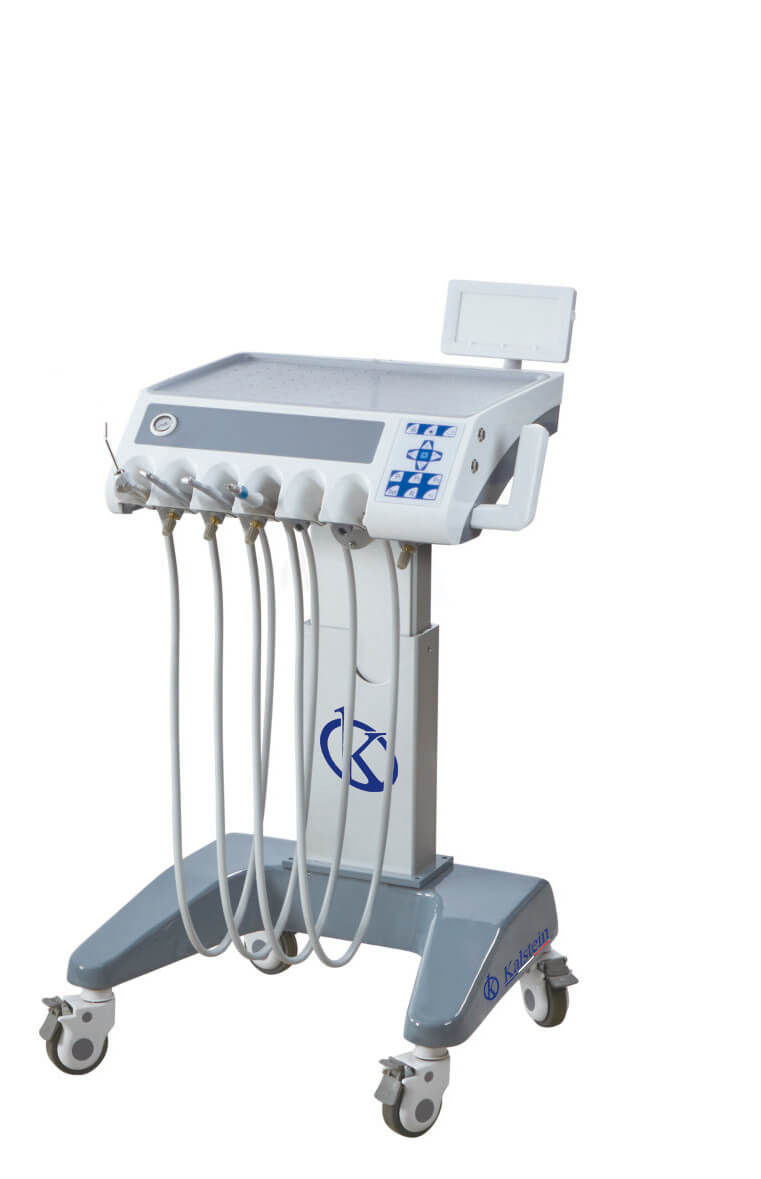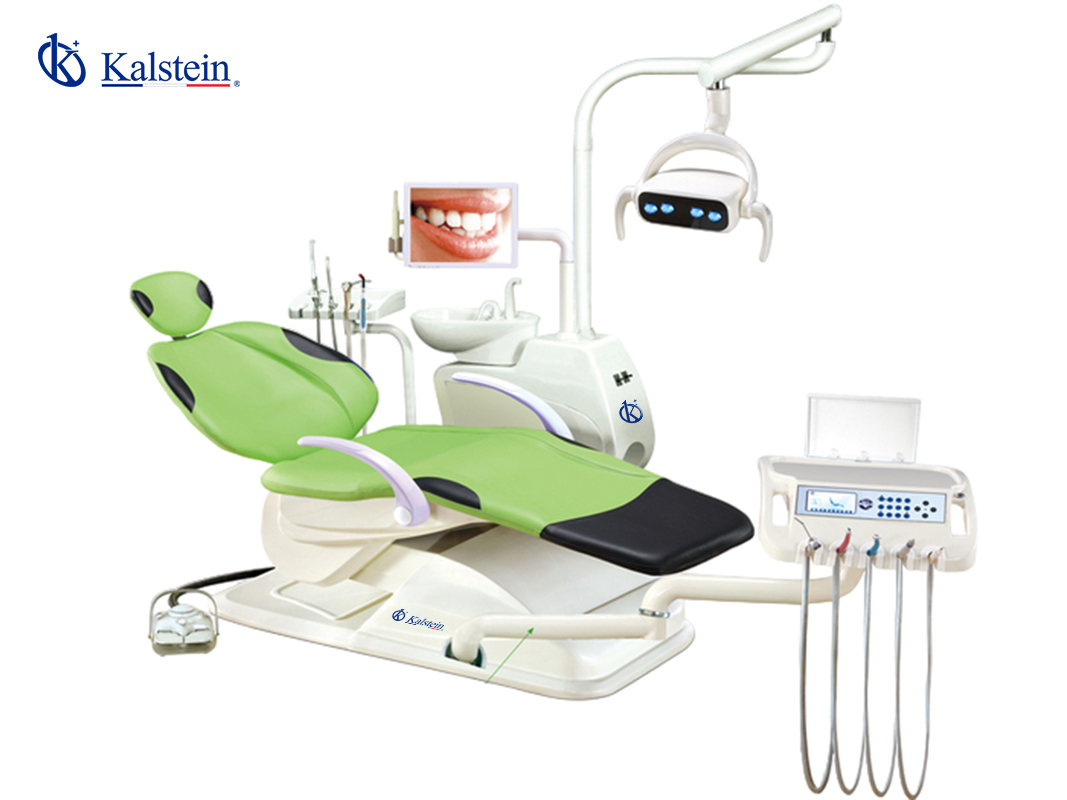Thanks to coagulation analyzers, effective tests are performed, which are responsible for responding to clinical diagnoses, to substantiate and guide the analyzes in patients. Since, the most common tests are, the activated partial thromboplastin time (aPTT) that evaluates the intrinsic pathway; Prothrombin Time (PT) which assesses the extrinsic pathway and Thrombin Time (TT) which assesses the common pathway.
Such tests should be performed in laboratories able to diagnose pathologies or coagulation factors by patients with bleeding disorders. The timely analysis of the coagulation system of a patient will allow to take preventive or corrective measures, according to each particular case.
Development of Coagulation Test
By means of coagulation tests, the causes of bleeding in patients, detection and possible abnormalities to these thrombosis disorders can be accurately measured.
The main tests to determine the suspected clotting disorder are
- Activated partial thromboplastin time (aPTT): it is responsible for the operation of the intrinsic coagulation pathway and uses as activators ellagic acid, celite, silica or kaolin, in the presence of phospholipids. This test allows evaluating treatment with non-oral heparin-type anticoagulants and to track lupus anticoagulant.
- Prothrombin time (PT): The PT assesses the operation of the extrinsic coagulation pathway. It is a test used for pre-surgical evaluation, for the follow-up of patients with liver disease or deficiencies of coagulation factors.
- Thrombin time (TT): it measures the time of fibrin formation from fibrinogen in plasma in the presence of a standardized amount of thrombin. This test determines the presence of abnormal fibrinogens (dysfibrinogens) or low levels of circulating fibrinogen (hypofibrinogens).
This results in the importance of different coagulation tests, which allow to establish deficiencies of specific factors, as well as the coexistence of some abnormality that increases the tendency to suffer thrombotic or hemorrhagic events.
Recommendations for proper use of the Coagulation Analyser
The safety provided by coagulation analyzers is due to the correct handling of the equipment, to evaluate and certify the results manually or automatically. Since, the samples to be studied, are processed manually or with an automatic procedure that shows the formation of the clot. The staff who operate it, should familiarize themselves with the equipment to work on it and get the most out of it.
It is advisable to decontaminate the material and device with sodium hypochlorite; however, any residue should be removed, because this compound is aggressive to proteins and to enzymes that are used as reagents. In addition, it is essential that the staff of the laboratory have commitment and dedication to the work, since a common error, detonates mistakes.
Finally, it is significant to highlight the current importance of coagulation analyzers, since it facilitates the in vitro interpretation of the most used laboratory tests, to align and establish the clinical diagnosis, which guarantee coagulation is a localized and well controlled process.
Kalstein brand Coagulation Analysers
At Kalstein, we are equipped with the most extensive technology in trained laboratory equipment, to meet all the demands of our customers. In this case, we offer you the electrolyte analyzers of YR models, with general and very attractive features, low reagent consumption less than 2oul, open reagent. Special test vessel location system, adding sample support. The combination system of advanced optical light guarantees a precision result. Optional PT-derived method for analyzing fibrinogen. Decrease the regeant dose. Maximum quality thermostat, precision 37 °C ± 0,3 °C.Dispensing precision: CV <2% Memory for 10,000 test results. Internal thermosensitive printer. Optional electronically bonded pipette. Performs all routine tests like PT.APTT.TT Fibrionogen and coagulation factors RS232 interface, PC connection. PT reagent consumption: 40uL, APTT: 20uL, other: 30uL, open reagent.
We are manufacturers and we have the best advice, so that your purchase is the ideal and at excellent prices. Enjoy our catalog from HERE
For more information, visit our page at HERE




